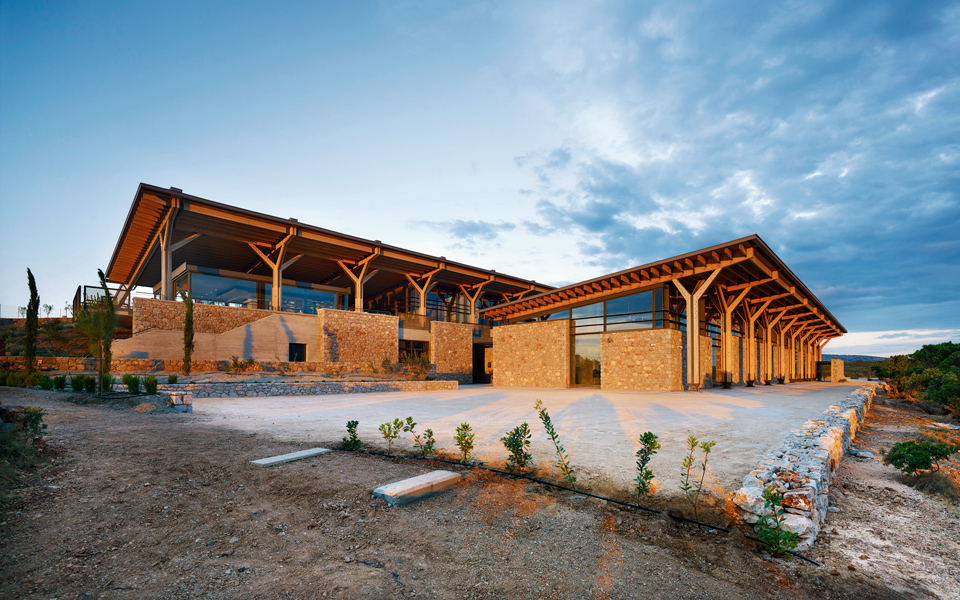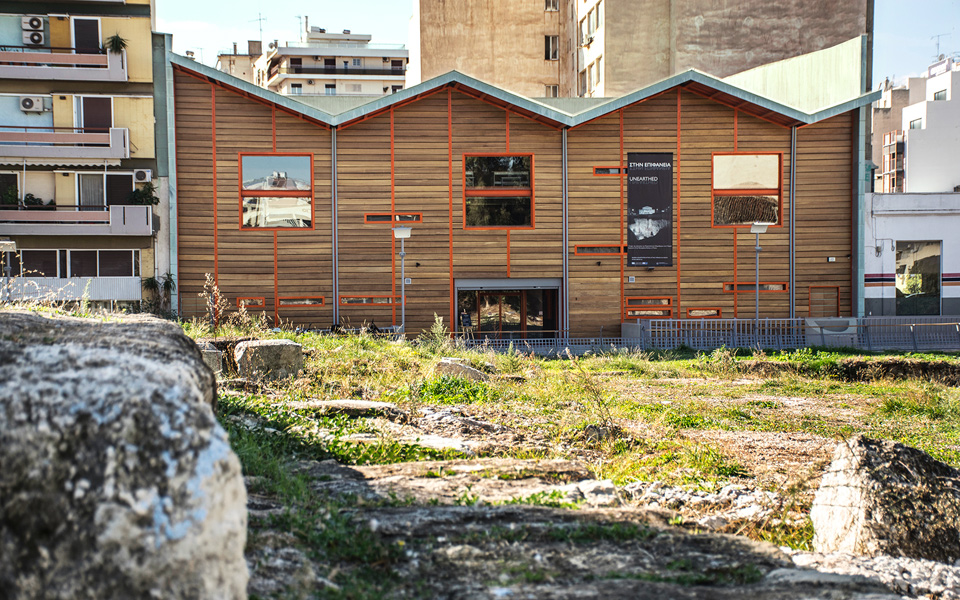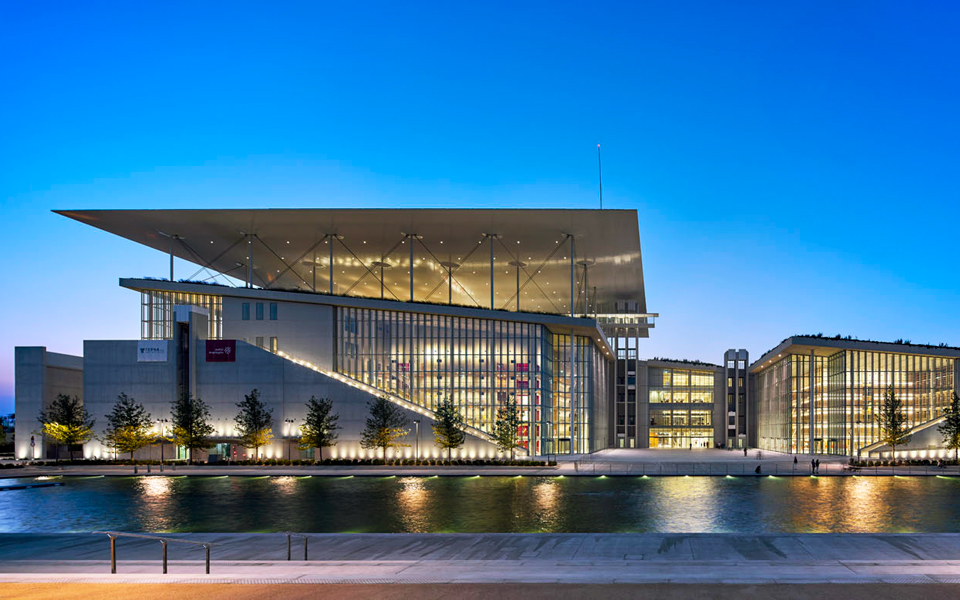The European Union Prize for Contemporary Architecture Mies van der Rohe Award has been granted every two years since 1988 to acknowledge and reward quality architectural production in Europe.
Candidates for the prize are nominated by a group of independent experts from all over Europe, the member associations of the Architects’ Council of Europe (ACE), other European national architects’ associations and an advisory committee.

At each edition, the jury selects two works. The first is awarded the European Union Prize for Contemporary Architecture, in recognition of its conceptual, technical and constructional qualities, and receives 60,000 euros along with a sculpture that evokes Mies’ Barcelona Pavilion. The second work receives the Emerging Architect Special Mention along with a sculpture and 20,000 euros. The jury also selects a set of finalist works to be included in both the award catalogue and exhibition.
This year, 357 works from 260 different sites throughout Europe have been nominated for the prize. Among them, ten are from Greece, of which three are cultural institutions: the Stavros Niarchos Foundation Cultural Center in Athens, designed by Renzo Piano Building Workshop and BETAPLAN S.A.; Chios Mastic Museum on the island of Chios, designed by Kizis Architects, and the Museum of the Art and Technology of Ancient Fortifications in Piraeus, designed by Vasilis Ganiatsas and Collaborators.

In the words of Ivan Blasi, prize coordinator, “the nominated works are stimulating, innovative and have improved the existing conditions of their sites. They push boundaries and have set new standards based on strong collaborative and participatory strategies.”
The jury members will soon shortlist 40 projects before selecting the five finalist works, which they will visit in April. The process will culminate with the award ceremony on May 26 at the Mies van der Rohe Pavilion in Barcelona, marking several days of open door days throughout Europe during which the shortlisted sites will be open to the general public.












